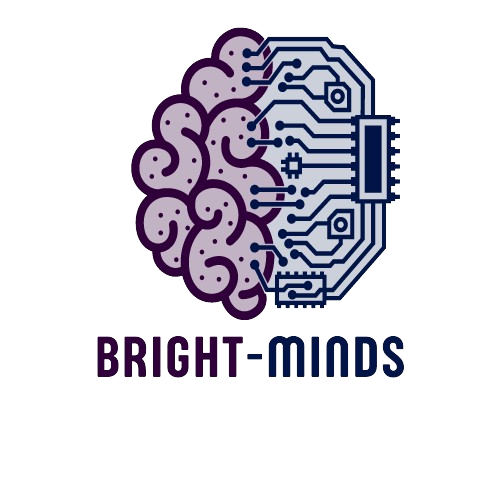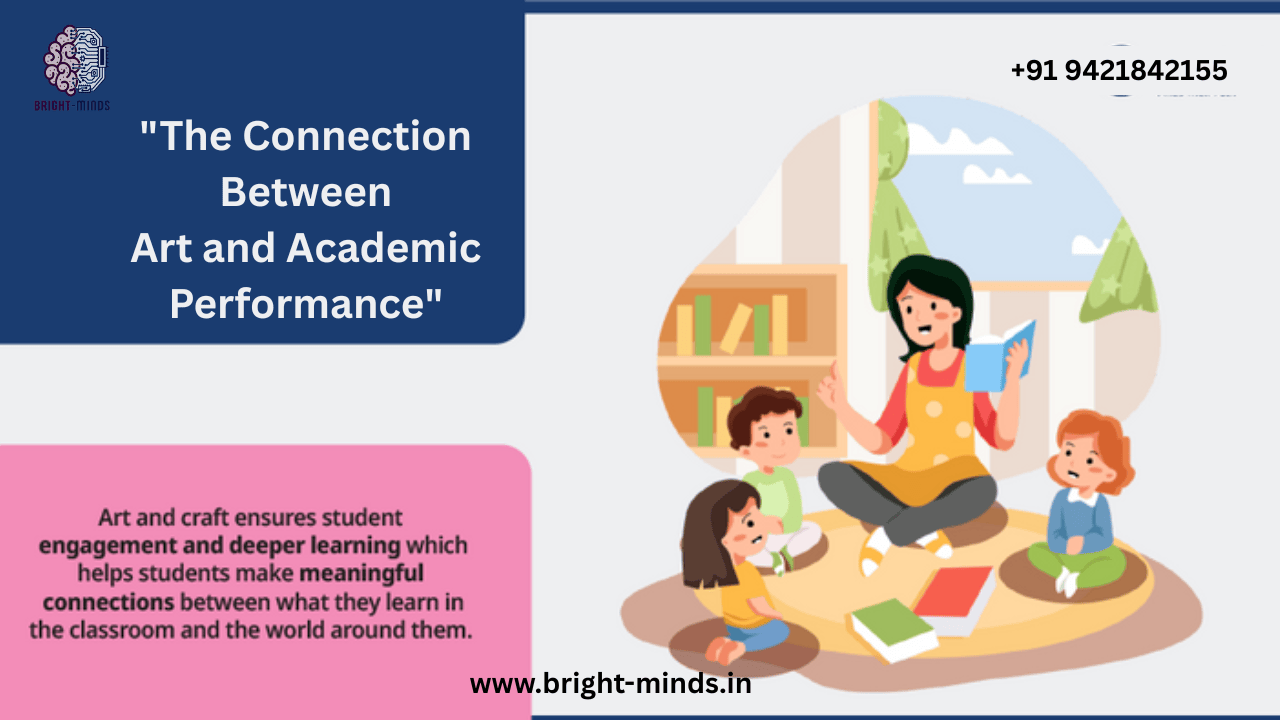Every child holds within them a spark of creativity waiting to be nurtured. Whether through painting, music, drama, or dance, artistic expression offers a pathway for the mind to explore, imagine, and connect. Yet, art’s value extends far beyond the canvas or stage—it plays a crucial role in shaping academic success. The connection between art and academic performance is deeper than many realize. Studies across the world have consistently shown that students engaged in the arts often outperform their peers academically, demonstrating stronger problem-solving abilities, improved concentration, and enhanced emotional intelligence. As educators and parents seek new ways to help children thrive, understanding this powerful link has never been more important.
To truly appreciate how art and academic performance intertwine, one must recognize that learning is not purely logical—it is deeply emotional and creative. Art activates the right side of the brain, encouraging imagination and innovation, while academic learning often engages the left side, responsible for logic and analysis. When both hemispheres of the brain work in harmony through artistic activities, the result is a well-rounded student capable of thinking critically and expressing ideas clearly. For example, a student learning geometry might better grasp spatial relationships by sketching or building models. Similarly, children who learn rhythm through music often excel in mathematics because both disciplines rely on recognizing patterns and sequences.
Modern neuroscience supports this connection. Research from institutions like Harvard’s Project Zero and the National Endowment for the Arts has found that artistic engagement strengthens neural pathways associated with memory, language, and focus. Students who participate in regular arts programs show measurable improvements in reading comprehension, writing fluency, and even science understanding. The explanation is simple: when students create, they learn how to observe details, interpret meaning, and express abstract ideas—all of which are core academic skills. Art does not compete with academics; it complements and amplifies them.
Let’s take a closer look at a real-world example. Consider a group of students preparing for a history exam. Traditional study methods might involve memorizing dates and events. But when these same students are encouraged to illustrate historical scenes, compose songs about significant figures, or perform short plays based on key moments, their retention rates improve dramatically. The integration of art transforms passive learning into active engagement, allowing students to connect emotionally with the subject matter. This emotional engagement is what makes learning memorable and meaningful.
Beyond boosting memory and comprehension, art plays an essential role in building confidence and resilience—qualities that are just as vital as academic knowledge. When children perform in front of others, showcase their paintings, or collaborate on creative projects, they learn to embrace feedback, manage stress, and take pride in their work. These emotional and social skills translate directly into the classroom, where confident students participate more actively, persevere through challenges, and show higher motivation levels. Studies by the American Psychological Association have even noted that students involved in arts programs demonstrate lower dropout rates and higher academic persistence.
Art also encourages curiosity, a key driver of academic success. A child who experiments with colors or musical notes develops an instinct for exploration and discovery—the same qualities that fuel success in science and technology. In today’s fast-evolving education landscape, creativity has become a cornerstone of innovation. Leading schools and universities around the world now integrate art-based learning into STEM (Science, Technology, Engineering, Mathematics) education, forming what is known as STEAM. This holistic model recognizes that creativity is not separate from academic achievement—it’s the very foundation of it.
In the workplace, the benefits of this connection are increasingly evident. Employers consistently cite creativity, communication, and adaptability as top skills for success. Students who have been exposed to art grow up with a mindset of innovation and emotional intelligence—traits that make them valuable contributors to any professional environment. Companies across industries are now investing in creative thinking workshops, understanding that the ability to “think outside the box” often stems from an artistic mindset cultivated early in life. Thus, supporting art education is not just about fostering future artists; it’s about developing thinkers, leaders, and problem-solvers.
Parents, too, can play an active role in reinforcing this connection at home. Encouraging children to draw, write stories, play music, or engage in any creative activity can complement their academic studies. For instance, journaling can improve writing and emotional articulation, while building crafts enhances hand-eye coordination and spatial understanding. Even simple family activities like visiting art galleries, attending cultural events, or discussing music lyrics can open new channels of intellectual curiosity and empathy. These experiences enrich not just the child’s education but their emotional world as well.
While academic success is often measured through grades and scores, art introduces a different—and equally vital—form of intelligence: emotional intelligence. Through art, children learn to understand emotions, empathize with others, and express themselves authentically. This emotional awareness builds self-esteem and compassion, qualities that are increasingly recognized as central to lifelong success. A child who learns to paint their emotions is also learning to manage them—a skill that leads to better concentration, relationships, and decision-making. When art and academics walk hand in hand, they create a balanced foundation for personal and intellectual growth.
Globally, education systems are beginning to reflect this awareness. Finland, Japan, and Canada, among others, have integrated creative learning approaches within their core curriculum, resulting in some of the highest literacy and problem-solving rates worldwide. In India, the New Education Policy (NEP) 2020 emphasizes holistic learning through art integration, recognizing its power to nurture critical thinking, empathy, and innovation. Schools that have embraced this model report improved attendance, better classroom participation, and happier, more motivated students.
For organizations and educators, investing in the arts is an investment in future-ready learners. Workshops that combine creativity with academics—such as storytelling in science, drama in literature, or visual design in history—are proving to enhance both engagement and academic performance. Businesses that support such educational initiatives not only contribute to community development but also foster a culture of innovation within their teams.
At its core, the connection between art and academic performance reveals a universal truth: creativity and intellect are not separate; they are complementary forces that shape human potential. Every brushstroke, melody, and performance becomes a step toward deeper understanding and cognitive growth. Encouraging creativity in education is not a luxury—it’s a necessity for developing well-rounded, capable individuals ready to face the challenges of the modern world.
If this insight has inspired you, take the next step by exploring our comprehensive learning resources, workshops, and online courses designed to integrate creativity with education. Discover how you can help students unlock their full potential by connecting art and academic performance—where imagination meets intellect, and learning becomes a lifelong masterpiece.
you may be interested in this blog here:-
Numeracy Skills for Pre-Primary Building a Strong Foundation
Learning Geography with Maps: A Kid’s Adventure Around the World

